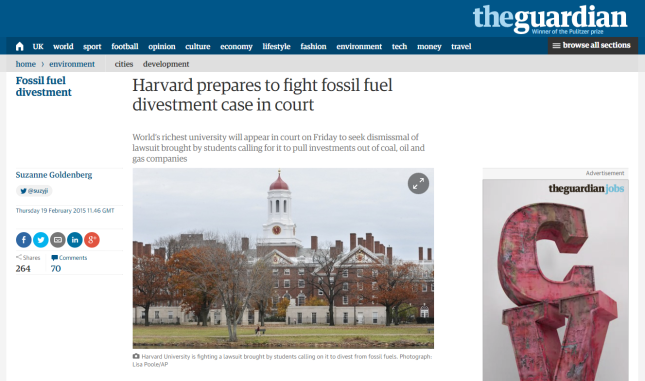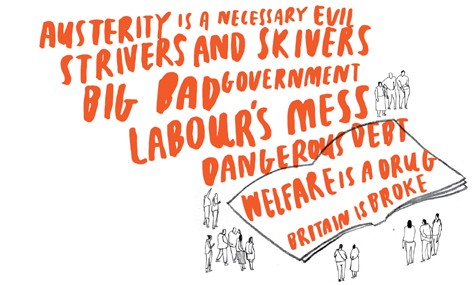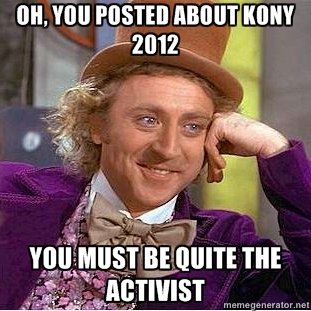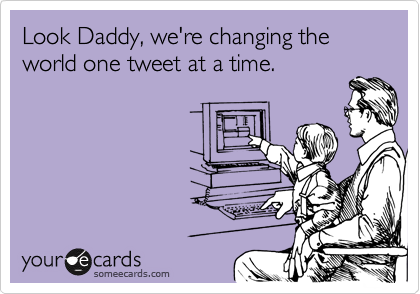I read this article today, which tells the story of the “Harvard Climate Justice Coalition”, a group of students at Harvard, the second best university in the world (and the richest), and how they are trying to influence their institution to stop investing in fossil fuel companies.
I hadn’t seen coverage of this before today – a quick Google shows that this is the only UK-based story on this at present. This might be because the tactics going on up to now were fairly ‘typical’, including a sit in at the President’s office, an open letter signed by over 200 Harvard academics and social media presence to tell the world about these actions and drum up support:
The article gives us the text from a Harvard spokesman’s statement on the sit-ins that happened last week:
We are deeply disappointed that divestment advocates have chosen to resort to a disruptive building occupation as a means to advance their view. Such tactics cross the line from persuasion to disrespectful and coercive interference with the activities of others.
This clearly displays Harvard’s position on what is a ‘standard’ student campaign tactic, a sit-in. Well, Harvard, hold onto those hats (mortarboards?!), because in addition to the ‘standard’ tactics a student campaign might use, the Coalition are also – unusually – taking the university to court in an attempt to compel it to cease investing in industry responsible for climate change.
On their website, the campaigners give more information about Harvard Climate Justice Coalition v. Harvard:
we allege that the Corporation’s funding of global warming harms its students and future generations, and that Harvard’s leaders have a duty to divest the university’s endowment from the reckless activities of the oil, gas, and coal industries.
Legal challenges can sometimes be a useful tactic for campaigning groups, for example Disabled Rights UK assisting disabled people to take discrimination cases to court with the help of solicitors, or Just For Kids Law. However legal action can become too expensive for vulnerable groups without significant financial support, and legislative change isn’t going to be suitable for all types of campaigns (e.g. most of those focusing on individual behaviour change).
In the Harvard case, the students aren’t using lawyers, but instead bringing the case themselves. Some of them are law students, so may have some knowledge needed to fight the case, but they are up against a hugely powerful organisation that is almost a byword for legal prowess. With the case costing $3000 to bring, they are financing their action via crowdfunding.
The Harvard Climate Justice Coalition, to me, look like a David to Harvard’s Goliath here, which might be where I imagine they will be able to create interest within new groups. It’s a slightly unusual, very public, high-stakes tactic with a well-known story, and this should create some great news hooks. It will be interesting to see what happens in the Suffolk County Courthouse come Friday, and if/how it is reported.







![Zuckerman's "axes of participatory civics", in [3], p159](https://reflectionsoncampaigning.files.wordpress.com/2014/11/axes-of-participatory-civics.gif?w=152&h=152)





